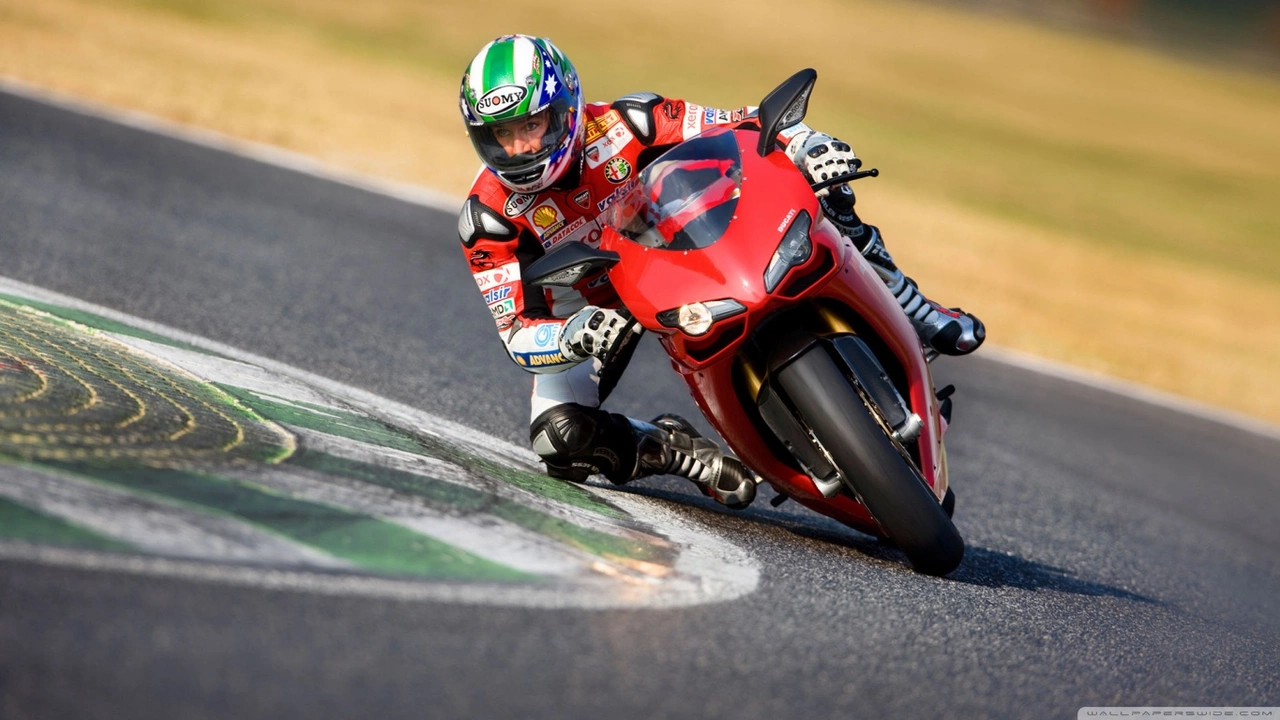Motorcycle racers lean at seemingly impossible angles without falling due to physics and skill. They use a technique called countersteering, where they push the handlebar in the opposite direction of the turn which leans the bike into the turn. Tires designed for racing also play a crucial role, as they are generally wider and softer, providing more grip. The rider's skill in managing their body weight and maintaining balance is also essential. It's a thrilling dance between rider and machine, all governed by the laws of physics.
Leaning Technique: How to Take Corners Faster and Safer
If you’ve ever watched a bike or a car zip through a turn and wondered how the rider stays upright, the answer is simple – it’s all about the leaning technique. Getting the lean right can shave seconds off a lap, keep you stable, and help you avoid scary slides. In this guide we’ll break down the basics, show you what to watch for, and give you easy drills to improve right now.
Why Leaning Matters
When a vehicle turns, the forces push it outward. Leaning counteracts that push, keeping the contact patch of the tyre balanced. On a bike, a proper lean lines up the bike’s roll axis with the corner’s radius, so the bike wants to follow the curve instead of fighting it. On a car, especially high‑performance ones, a slight body roll or “tilt” does the same job – it keeps the tyres glued to the road and the grip even.
Missing the lean or over‑leaning both cost you grip. Too little lean means the tyres have to work harder, which can lead to skidding. Too much lean pushes the tyre’s sidewall past its limit and you lose traction in a snap. The sweet spot is where the bike or car feels balanced, like you’re glued to the road.
How to Perfect Your Lean
1. Pick the right line. Start wide, clip the apex, and exit wide. This gives you a smoother radius and less abrupt change in direction, making the lean easier.
2. Use body position. On a bike, shift your weight to the inside of the turn. Keep your head up and look where you want to go – your eyes guide the bike’s lean. On a car, keep a relaxed grip and let the chassis do the work; you can add a light shoulder press on the inside door to encourage a lean.
3. Control your speed. Brake before the turn, not while you’re leaning. Once you’re in the corner, use the throttle to fine‑tune the lean. A little bit of power can help the bike settle into the turn.
4. Practice the “lean‑in‑feel.” Find a safe, open corner and ride it slowly at first. Feel how the bike leans at 30°, 45°, 60°. Notice the point where the front feels stable and the rear wants to follow. Mark that angle and work your way up.
5. Check tyre pressure. Too high or too low pressure changes how the tyre flexes, affecting the lean angle you need. Keep pressures as the manufacturer recommends for the track temperature.
Remember, every bike and car is different. What works for a lightweight sportbike might feel too aggressive on a heavier superbike. Adjust the lean angle based on how the machine behaves.
Finally, record yourself. A simple GoPro on the helmet can show exactly how you lean, where you look, and where the bike’s body tilts. Watching the footage lets you spot small errors you can’t feel in the moment.
Mastering the leaning technique isn’t about crazy stunts; it’s about consistent, repeatable actions that keep you fast and safe. Start with the basics, practice on a quiet track, and you’ll feel the difference lap after lap.
